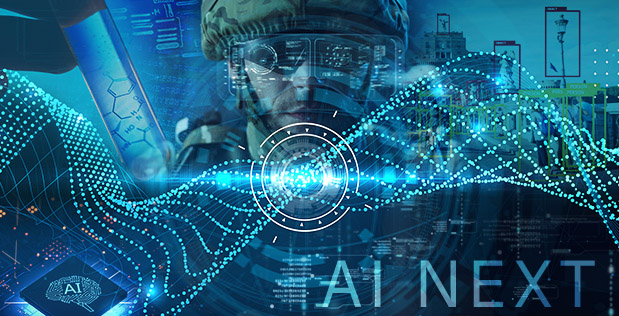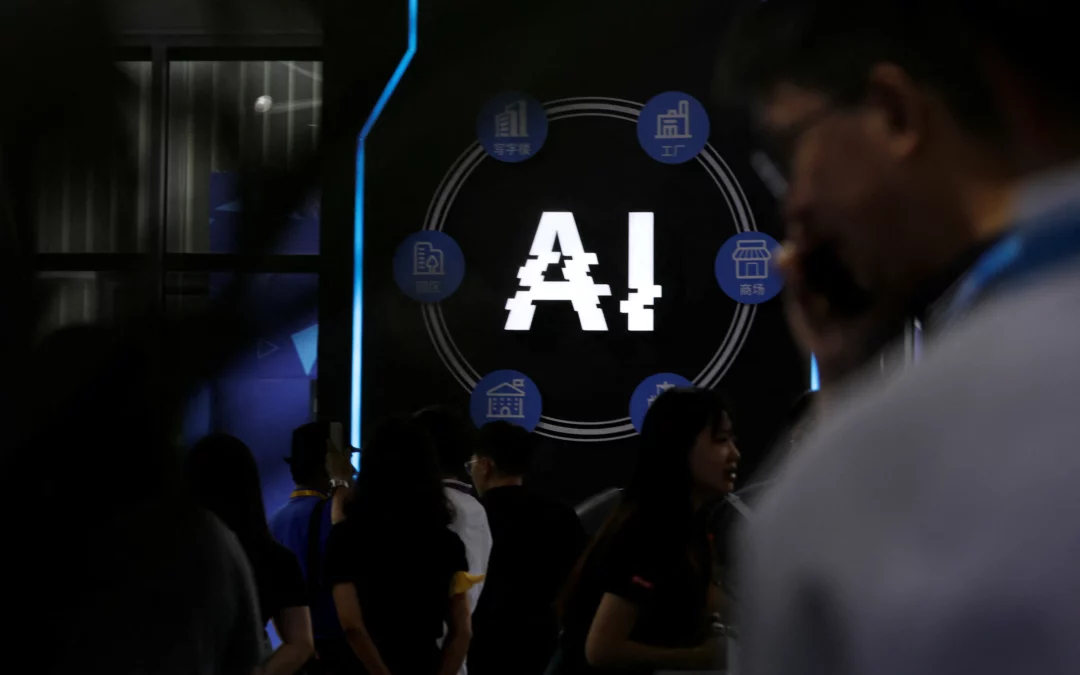Over the next decade, the new AI era is expected to disrupt practically every industry, sector, and job function.
The quick rise and widespread use of Generative AI (GenAI) in a relatively short period of time has resulted in a flurry of fundamental adjustments and strategic decisions, similar to what was witnessed with the introduction of the Internet and mobile technologies.
Venture capitalists (VCs) are eager to invest in the next breakthrough AI firm, public market investors want to know how AI will affect every industry, and businesses are examining how the technology will fundamentally alter the strategic environment.
READ MORE: YouTube’s New AI Tools Assist Brands In Aligning Ads With Cultural Moments
According to research, AI investment is anticipated to increase over the next 2-3 years.

Management teams across industries are likewise optimistic about the AI possibility, indicating both acceptance and strategic emphasis.
Decision-makers in industries such as health care, real estate, technology, media, and telecommunications expect GenAI to have a significant impact on their core operations, with a positive net impact on their industries.
READ MORE: Meta, The Social Media Giant, Has Recently Introduced genAI Tools For Advertisements
Background: AI has been improving in terms of technical efficacy over the last few decades, with important advances in each of its three primary components — computation, model architecture, and data — leading to the current critical inflection point.

The technology now outperforms humans in crucial areas such as reading comprehension, image and speech recognition, and language comprehension.
The convenience and interface of early platforms made AI accessible to millions of people’s imaginations.
Currently, public market options to invest directly in AI are concentrated in a few areas.
READ MORE: YouTube Introduces New Generative AI Tools For Content Makers
Infrastructure – semiconductors, systems, and infrastructure software – is where the majority of these opportunities are located.
There are Big Tech businesses, but there are also previously unknown companies whose market valuation has increased by several multiples in a short period of time.

The emphasis on infrastructure over front-end and consumer application firms has been a significant transition in the last 10-15 years of technology.
However, investors are beginning to think broadly about which public and private enterprises are best positioned to maximize shareholder value.
Many of the leading AI-native firms play directly into these themes, which are prioritized by public market investors:
Growth in semiconductors and systems: GenAI is increasing demand for GPUs, memory, and storage in AI servers.
Massive potential productivity reductions, with GenAI possibly reducing 13% of labor costs.
Marketing enhancements: Significant potential for increasing inventiveness and optimizing marketing strategies.

Infrastructure software has a clear opportunity, whereas the future of light-weight front-end applications is less apparent and possibly more mixed.
Targeted advertising: Social media firms will gain from ranking and customisation advancements.
The payout for a corporation that can portray itself as an AI “winner” might be enormous.
However, forecasting “winners and losers” is difficult, especially at this early point in the life cycle of a new technology.
READ MORE: AI Tools Are Being Employed By Cops Who ‘Do Not Comprehend How These Technologies Work’: Research
High investor expectations should be temperate by quick shifts in the complex regulatory environment. Which is currently characterized by concerns such as:
Ownership and integrity of data.
The legal enforcement of intellectual property rights.
An emphasis on reducing potential misinformation.
Following steps: When defining an IPO strategy course in the new AI era, Goldman Sachs has identified five elements to consider:

There is a significant chance to capitalize on existing public investor interest in AI and limited public investment choices.
AI-centric storytelling will assist in demonstrating a superior value proposition and standing out from the crowd wanting to access the public equity market.
Companies that can demonstrate successful monetization tactics will be valued more.
First movers have a major advantage in tapping pre-existing investor demand.
Compute capacity may be obtained through a commercial arrangement with a hyperscaler or through other agreements that may allay investor concerns about future compute limits.
The rate at which GenAI technologies are being adopted is practically unprecedented. Now is not a moment for business as usual for decision-makers, investors, and the general public.
Radiant and America Nu, offering to elevate your entertainment game! Movies, TV series, exclusive interviews, music, and more—download now on various devices, including iPhones, Androids, smart TVs, Apple TV, Fire Stick, and more.



